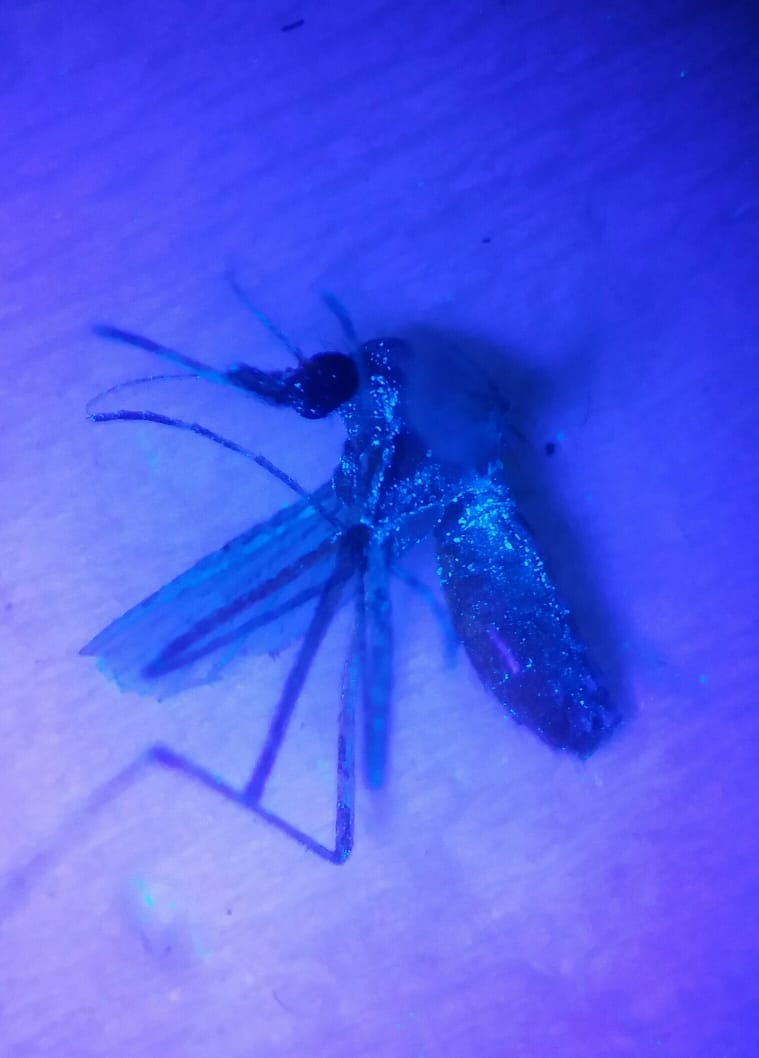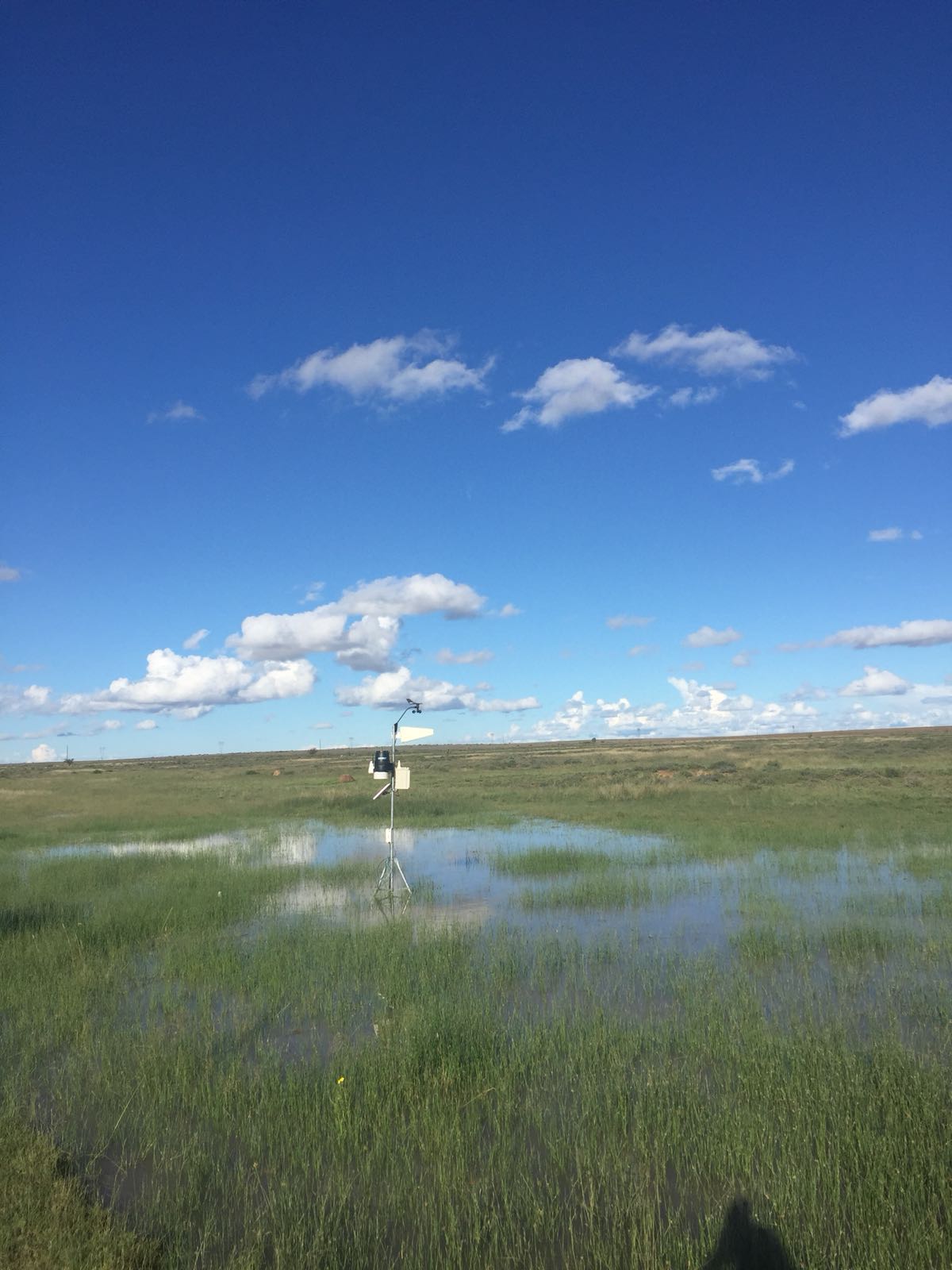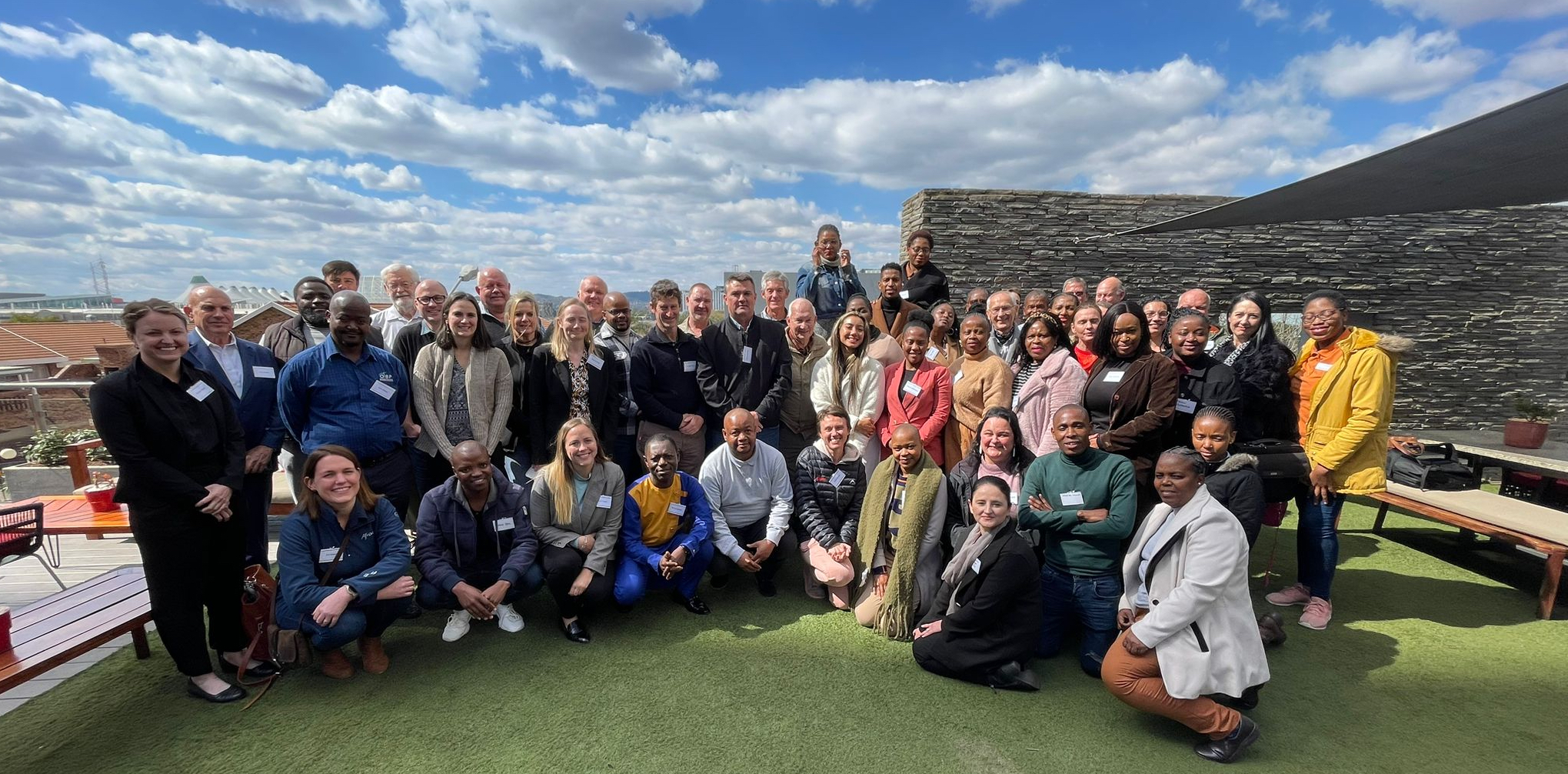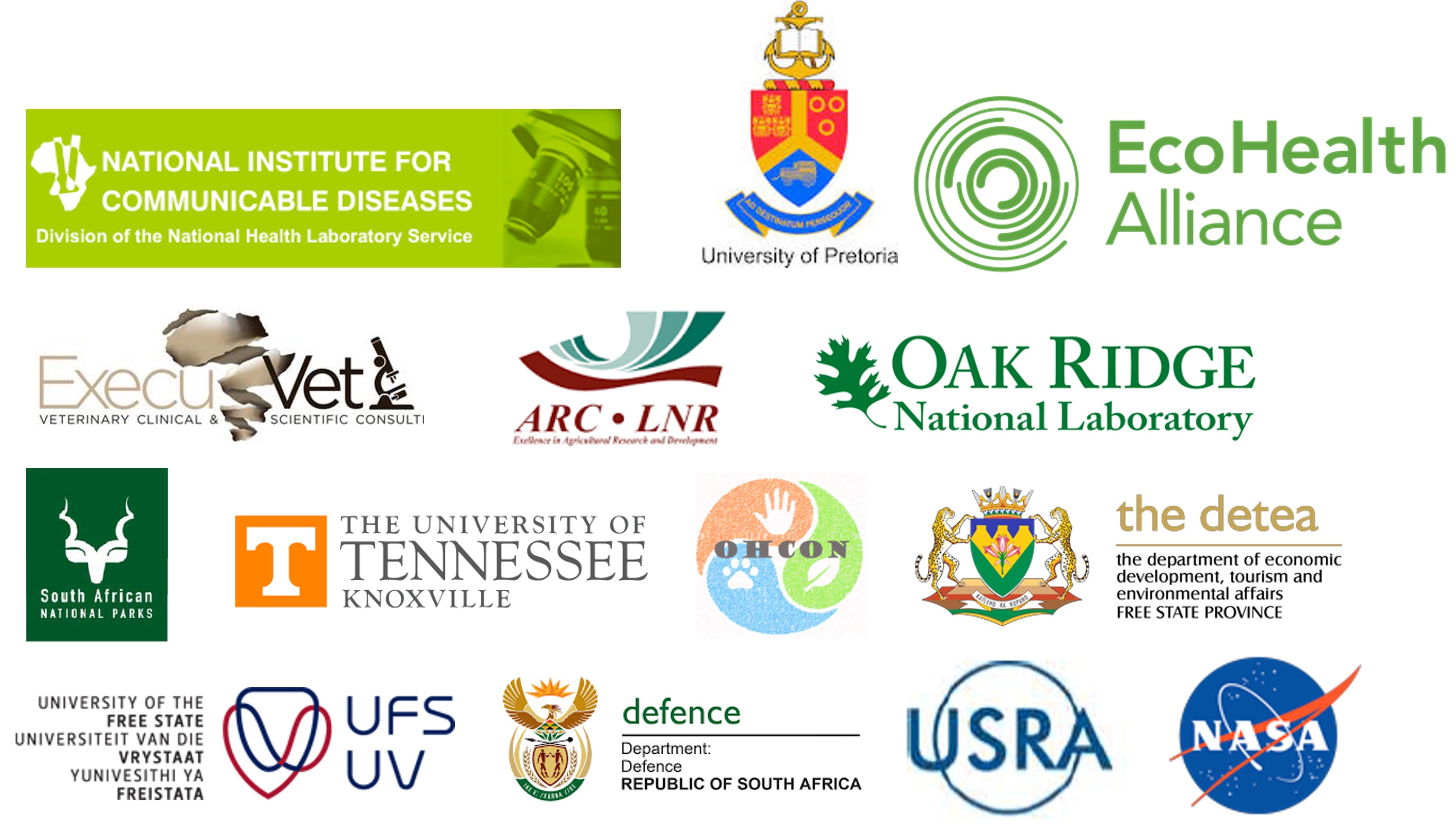This represents a 10-year collaboration of DTRA-funded research on Rift Valley fever virus (RVFV) in South Africa. The Understanding Rift Valley Fever in the Republic of South Africa (2014-2019) and the Reducing the Threat of Rift Valley Fever through Ecology, Epidemiology and Socio-Economics (2019-2024) projects used a One Health approach to take a whole-of-system look at understanding Rift Valley fever outbreaks, circulation and impacts.
During this time we have made a substantial contribution to the current understanding of RVFV ecology and epidemiology, and more analyses are still underway.



- We collected more than 700,000 mosquitoes and among those identified, we found that the majority were species that could support RVFV transmission. We described the community of mosquitoes on 22 different pans to determine how mosquitoes species interact and replace each other as the environment shifted from drought (2015-16) to flooding (2021-22) (Gregory et al, In Prep).
- We showed that the order in which mosquitoes hatch in the Free State’s temporary wetlands (dambos or pans) after the rains was exactly as it was described in Kenya, where the floodwater Aedes are present several days prior to the increase in other mosquito species’ populations (Guarido et al, In Prep).
- We examined the impacts of vegetation and soil types on the presence and abundance of floodwater Aedes mosquitoes (Gregory et al, In Prep).
- We provided evidence that RVFV is still circulating in the Free State, but at such extremely low levels that it is difficult to detect in both mosquito and sheep populations.
- We developed a mathematical model that suggests the reason there was no outbreak in the Free State in 2020-2023 may have been that the coverage of RVFV vaccination in livestock was sufficient to prevent a large outbreak but not to prevent the low-level circulation we observed previously.
- We confirmed that RVFV is circulating in far northeastern KwaZulu-Natal, despite there not being any outbreaks previously reported there.
- A low proportion of people have been exposed to RVFV there, suggesting that the virus does circulate but leaving questions about how its level of circulation varies from that in the Free State.
- We demonstrated that the Smithburn RVFV vaccine induces the presence of antibodies that persist at least 6 years in sheep.
While we answered many questions, there are still more questions to answer - after all, we’ve only been studying RVFV this intensively for about a third of the ~30 years South Africa experiences between large, widespread outbreaks. Our research here will be ongoing.
We appreciate all of the contributions of our partners and stakeholders.

This work was a collaboration led by EcoHealth Alliance, the National Institute for Communicable Diseases and the University of Pretoria. Several South African and U.S.-based institutions were collaborating partners for various periods of time during the 10-year project.
